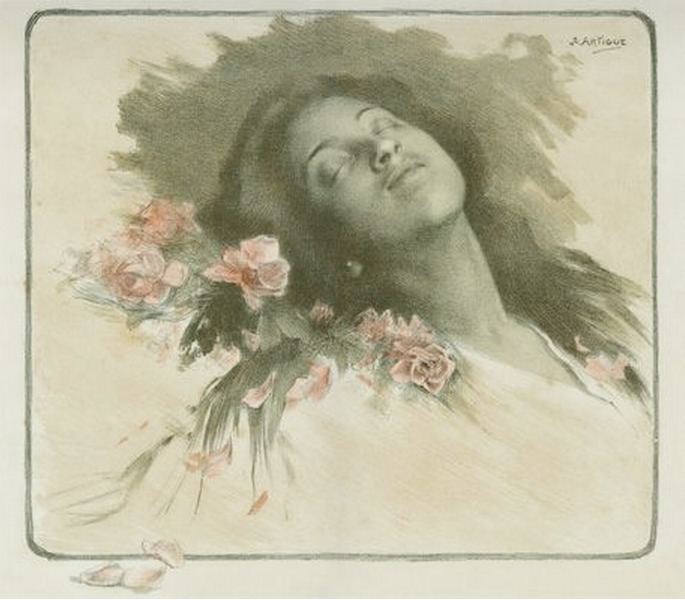 | ||
Glimmande Nymf! blixtrande öga! (Gleaming Nymph, flashing eye!), is one of the Swedish poet and performer Carl Michael Bellman's best-known and best-loved songs, from his 1790 collection, Fredman's Epistles, where it is No. 72. A night-piece, it depicts a Rococo muse in the Ulla Winblad mould, asleep in her bed in Stockholm, complete with allusions to both classical and Nordic mythology.
Contents
The epistle is subtitled "Lemnad vid Cajsa Lisas Säng, sent om en afton" (Left by Cajsa Lisa's Bed, late one afternoon). Bellman's biographer, Paul Britten Austin, calls the song exquisitely delicate.
Context
Carl Michael Bellman is the central figure in Swedish song, known for his 1790 Fredman's Epistles and his 1791 Fredman's Songs. He played the cittern, accompanying himself as he performed his songs at the royal court.
Jean Fredman is a fictional character and the supposed narrator in Bellman's epistles and songs, based on a real watchmaker of Bellman's Stockholm. The epistles paint a picture of the demimonde life of the city during the eighteenth century, where strong drink and beautiful "nymphs" like Ulla Winblad create a rococo picture of life, blending classical allusion and pastoral description with harsh reality.
Song
The music is in 2/4 time, and is marked Andante. There are three verses of 11 lines each, the final line being repeated da capo to make 12 lines in all. The rhyming pattern is AA-BB-CC-DD-FFF. The melody is an ariette from an opéra comique, Le peintre amoureux de son modèle by Egidio Duni, which in 1782 was translated into Swedish as Målaren kär i sin modell. It had the timbre "Maudit Amour, raison severe".
Although first published in 1790 with the other Epistles, Glimmande nymf came to Bellman in 1771, in one of his first attempts at songwriting. The initial version was direct in its description, telling the nymph to "Lay on this chair your robe, trousers, cardigan and skirt". It culminated in an account of the "little death" (orgasm): "Jag leker och tager/ Svimmar, somnar, suckar dör/ Cajsa Lisa mig tillhör." (I play and take/ Faint, fall asleep, sigh, die/ Cajsa Lisa belongs to me.). These lines were replaced with a more innocent but still clearly erotic narrative. To convey the desired mood, Bellman creates a rainbow — after sunset: realism is abandoned for poetic effect. Bellman's biographer, Paul Britten Austin, comments that the reader "does not even notice": "Never mind. It is a beautiful scene, even if its chronology calls for much poetic license."
Reception
Britten Austin describes the song as "A lovely night-piece, its exquisite delicacy is best appreciated when considered against the background of its hushed and fragile music." His translation of the song begins:
Glimmering nymph, glances so sparkling
Hovering wraith on pillows darkling,
Innocent temptress
Come, come now to vespers;
By a candle's waxy heap,
Morpheus worship, god of sleep!
Britten Austin suggests that although the song names the "nymph" as Caisa Lisa, "one cannot but feel" that the real heroine is Ulla Winblad, who is for example called a nymph in Epistle 28. The real Ulla, Maja-Stina Kiellström, aged 27 in June 1771, had become famous as a sexy figure in Bellman's Epistles, making her close to unmarriageable, so Bellman found a job for her fiancé, Eric Nordström, and the couple were able to marry.
Epistle 72 has been recorded by Fred Åkerström on his album called Glimmande nymf, and by Cornelis Vreeswijk. It has been translated into English by Eva Toller.
